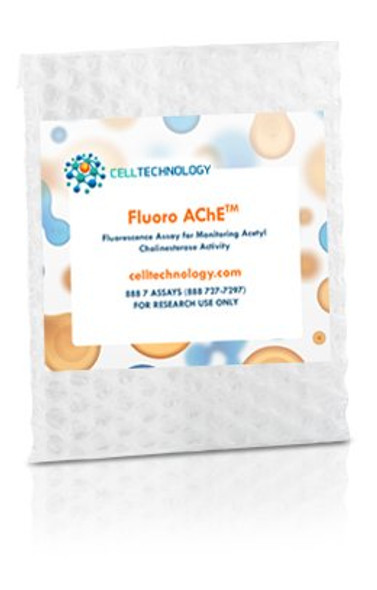Description
Fluoro SSAO | SSAO100-3 | Cell Technology
Key Benefits
- Non Radioactive.
- Can monitor multiple time points to follow kinetics.
- Monitors Enzymatic Activity.
- One-step, no wash assay.
- Adaptable for High Throughput format.
- Enzyme Positive Control included in Kit.
- Applications – Fluorescent Plate Reader.
Additional information
Kit Size: 500
ASSAY PRINCIPLE
Semicarbazide-sensitive amine oxidase (SSAO) is a common name for a widely distributed enzyme in nature. In man, this enzyme is present in the vascular system and circulates in plasma. SSAO differs from the monoamine oxidases A and B in substrate and inhibitor patterns.
These enzymes have been widely studied and their tissue distribution, molecular properties, substrate specificities, and inhibitor sensitivities are extensively reviewed (2,3). SSAO exists in two forms: tissue bound and soluble (plasma SSAO).
Tissue-bound SSAO activity is associated with blood vessels, mainly in smooth muscle layers, however, it is also associated with the spleen, placenta, bone marrow, kidney, sclera, retina, endothelial cells, adipocytes, chondrocytes, and fibroblasts. (4,5). Evidence suggests that Plasma SSAO originates from the cleavage of the membrane-bound form.
The possible sources of plasma SSAO are still unclear, but it has been suggested that it may be derived from the liver, retina, placenta, and bone tissue (6,7,8). SSAO’s functional role has been suggested to be involved in: apoptosis, atherogenesis, cell adhesion, leucocyte trafficking, glucose transport, and local production of hydrogen peroxide.
Reports of elevated levels of SSAO have been reported in congestive heart failure, diabetes mellitus, Alzheimer’s disease, and various other inflammatory diseases (1). Furthermore, byproducts of SSAO deamination, such as formaldehyde and methylglyoxal, have been proposed to be involved in the pathogenesis of cancer, aging, and atherosclerosis.
The Fluoro SSAO detection kit utilizes a non-fluorescent detection reagent, to detect H202 released from the conversion of Benzylamine to Benzaldehyde via SSAO. Furthermore, H202 oxidizes this detection reagent in a 1:1 stoichiometry to produce a fluorescent product resorufin. This oxidation is catalyzed by Peroxidase.










